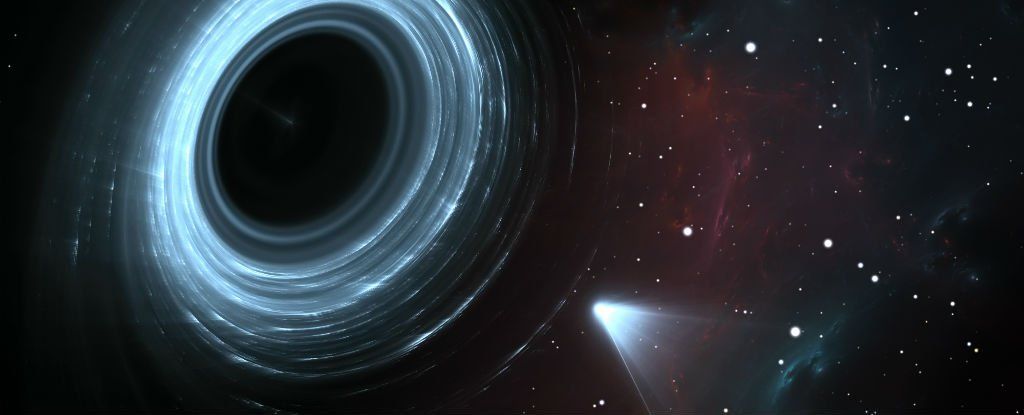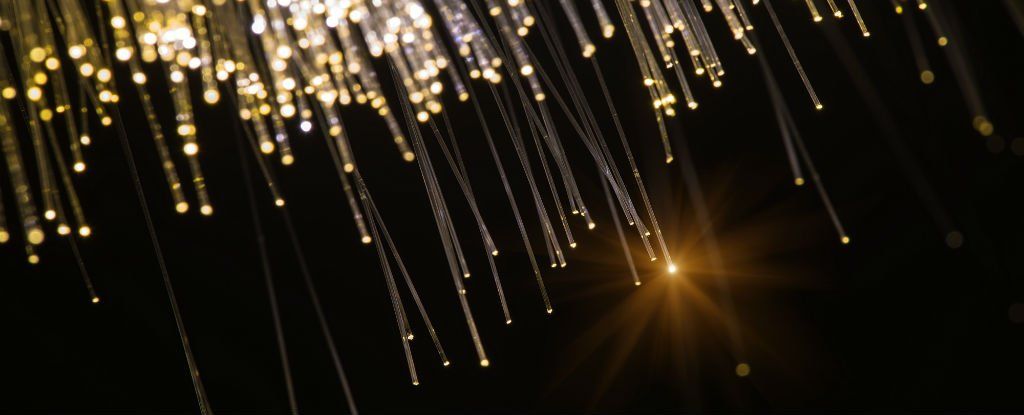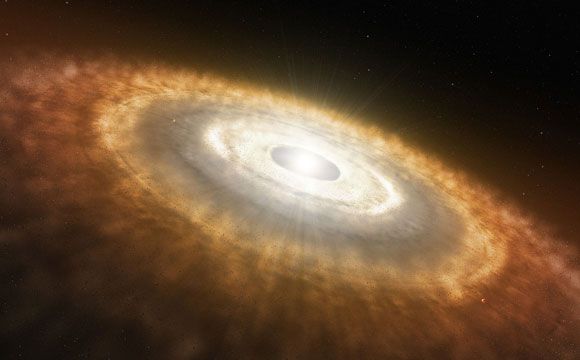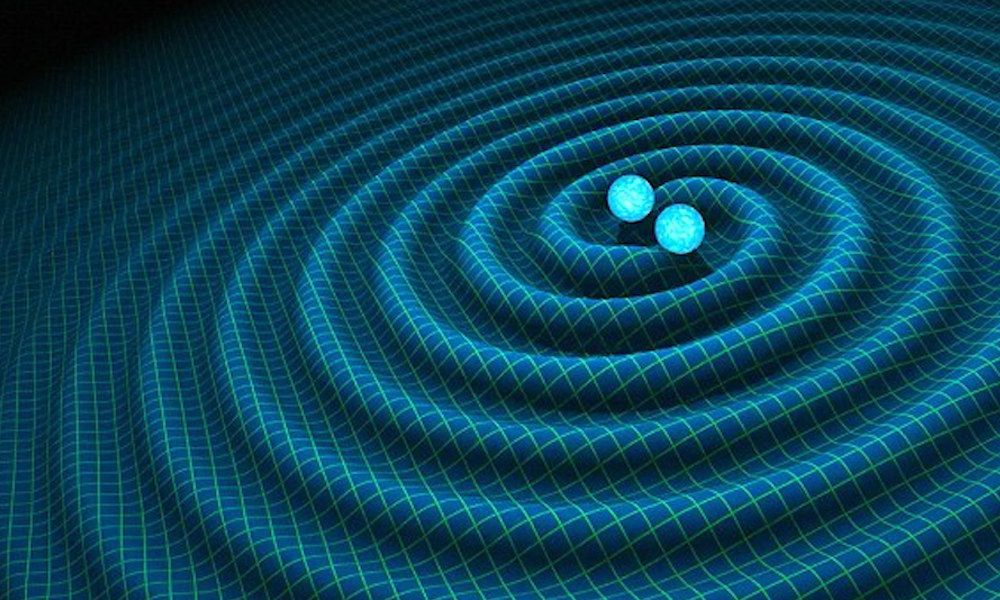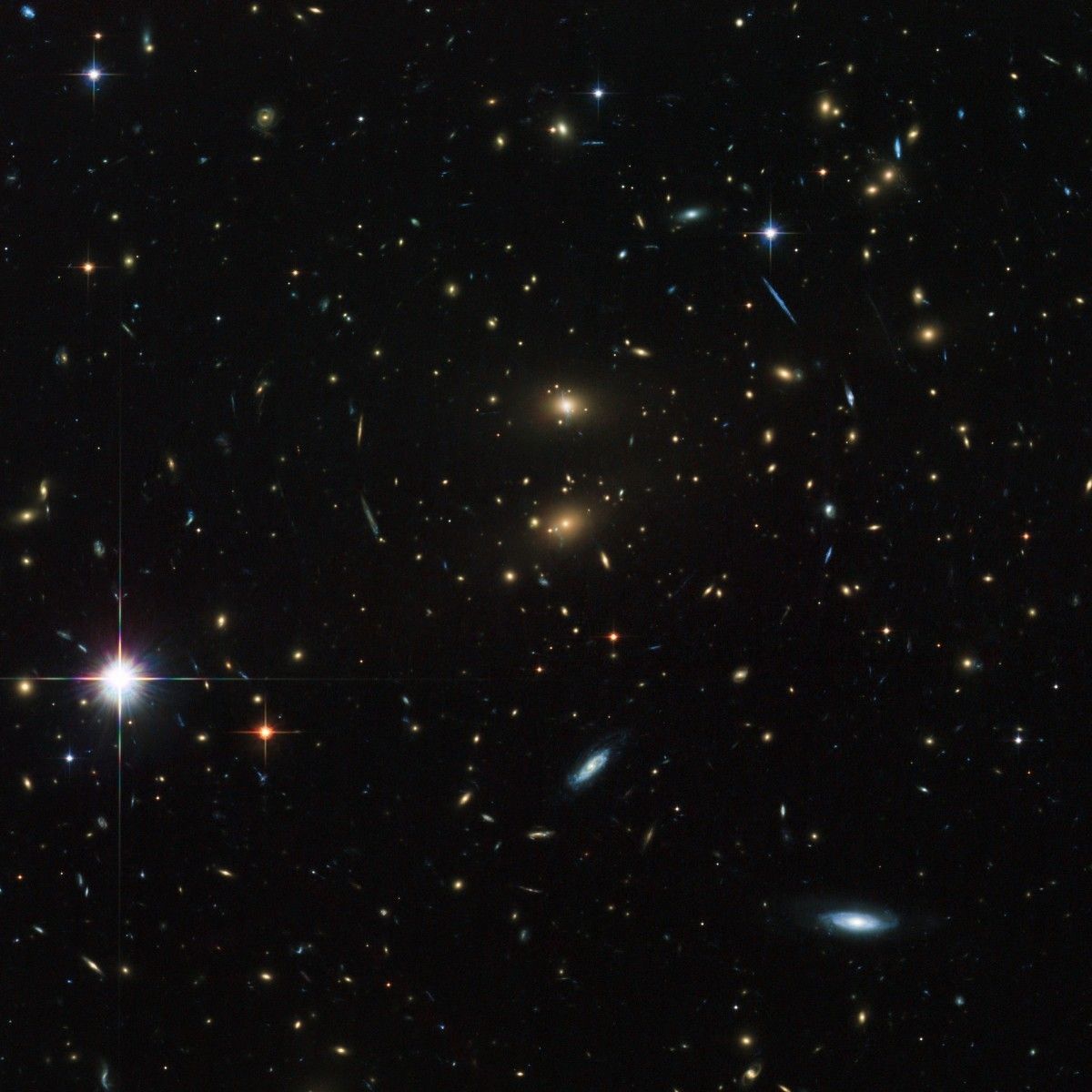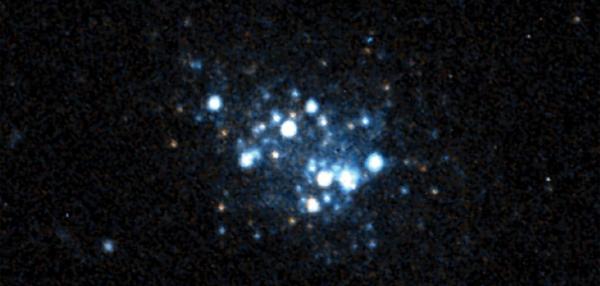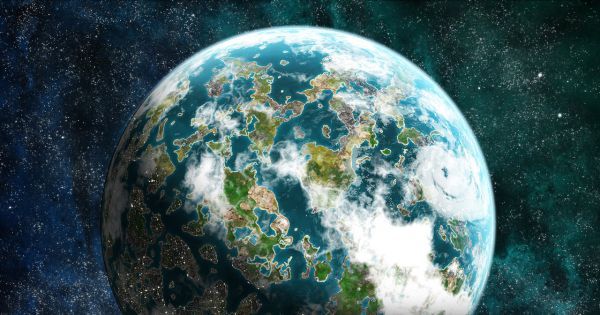Time travel seems much more common in science fiction than it is in reality. We’ve never met anyone from the future, after all. But all of the physics we know indicates that wormholes — another science fiction favourite — could really be used to travel backwards in time.
And according to a paper by Chinese physicists, using wormholes for time travel might actually allow us to beat Heisenberg’s uncertainty principle — described as one of the most famous (and probably misunderstood) ideas in physics — and even to solve some of the most difficult problems in computer science.
Wormholes are like portals between two places in the Universe. If you fell in one side, you’d pop out the other immediately, regardless of how far apart the two sides were. But wormholes are also like portals between two times in the Universe. As Carl Sagan liked to say, you wouldn’t just emerge some where else in space, but also some when else in time.
